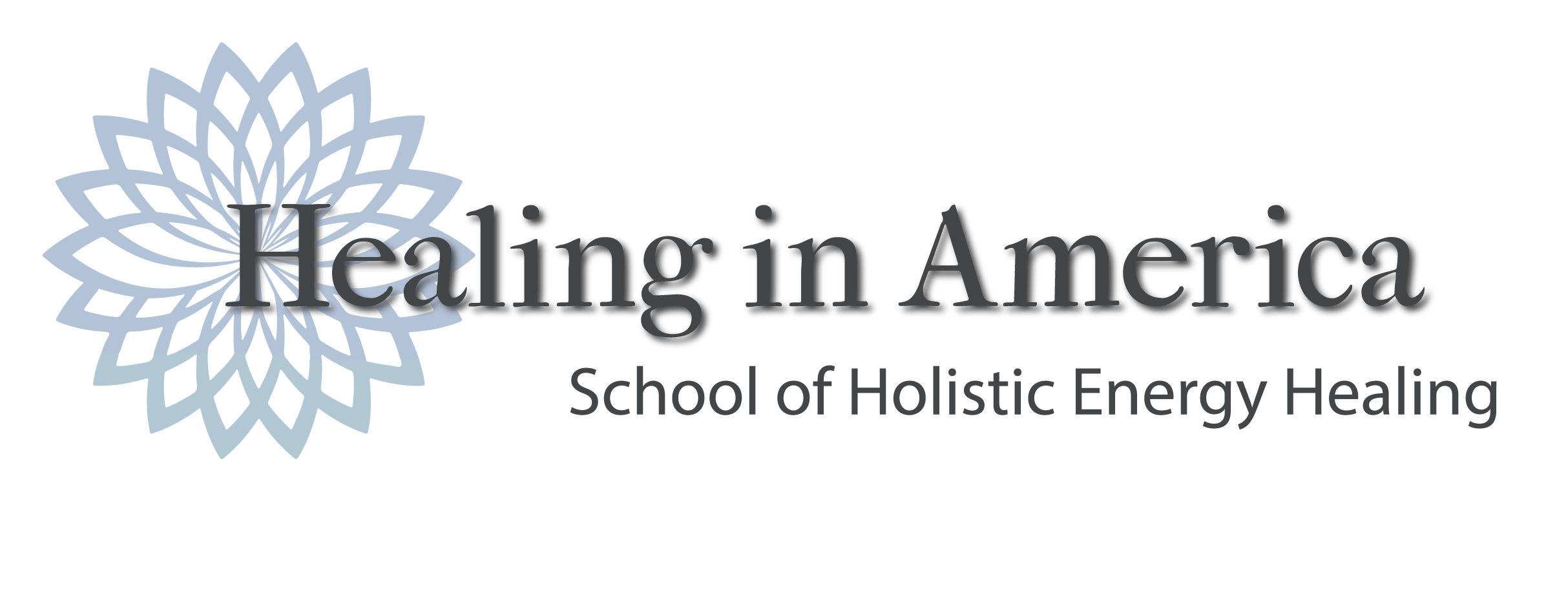Understanding the Difference Between Guilt and Shame
Understanding the
Difference Between
Guilt and Shame
In our journey of emotional healing and self-discovery, understanding the subtle yet significant difference between guilt and shame is essential. Though often used interchangeably, these emotions have distinct characteristics and impacts on our well-being. Recognizing this distinction can empower us to navigate our feelings more effectively and foster a healthier relationship with ourselves.
Guilt arises when we believe we’ve done something wrong. It’s the feeling that accompanies the acknowledgment of our actions that have violated our own moral or ethical standards. Imagine you’ve said something hurtful to a friend in a moment of anger. The remorse and regret you feel afterward are manifestations of guilt. It’s a self-conscious emotion, reflecting our internal moral compass.
Guilt can be a constructive emotion. It prompts us to reflect on our behavior, make amends, and strive to do better. It’s a signal from our conscience, urging us to take responsibility for our actions and their impact on others. By addressing and resolving guilt, we can restore our sense of integrity and harmony within our relationships.
Shame, on the other hand, is deeper and more pervasive. While guilt is about what we’ve done, shame is about who we are. It’s the painful feeling that we are fundamentally flawed, unworthy, or inadequate. If guilt says, “I did something bad,” shame says, “I am bad.”
This distinction is crucial. Shame can be paralyzing and destructive, often leading to feelings of helplessness and isolation. It’s not just about specific actions but about our core identity. Shame can stem from various sources, including childhood experiences, societal expectations, or internalized negative beliefs. It can linger long after the initial cause has faded, casting a shadow over our self-esteem and mental health.
Addressing guilt involves acknowledging our actions, taking responsibility, and seeking forgiveness from ourselves and others. It’s about making amends and learning from our mistakes, transforming guilt into a catalyst for personal growth.
Healing from shame requires a deeper, more compassionate approach. It involves challenging and reframing our negative self-beliefs, often with the support of a therapist or a trusted guide. Practicing self-compassion and self-acceptance is key. We must remind ourselves that we are inherently worthy, regardless of our past actions or perceived flaws.
As an energy healer, I’ve seen how guilt and shame can manifest in our physical and energetic bodies. These emotions can create blockages, impacting our overall well-being. Through holistic practices like energy healing, meditation, and mindfulness, we can release these emotional burdens and restore balance.
Energy healing, for instance, can help us process and release the trapped energy associated with guilt and shame. By addressing these emotions at their energetic roots, we can facilitate profound healing and transformation. Coupled with traditional therapeutic approaches, this holistic method can provide a comprehensive pathway to emotional freedom and self-empowerment.
I believe that understanding the difference between guilt and shame is vital for our emotional health. While guilt can guide us towards better actions, shame requires deeper healing and self-compassion. By embracing a holistic approach, we can release these burdens, reclaim our sense of worth, and foster a more loving and authentic relationship with ourselves.
Don’t be afraid to ask for help - to enable you to be all that you are. By being able to release these two emotions - your life will transform. Guaranteed!
Try it and see!
With Love & Light
Roger
“For those who understand – no explanation is necessary – for those who do not understand,
no amount of explaining will be sufficient”

